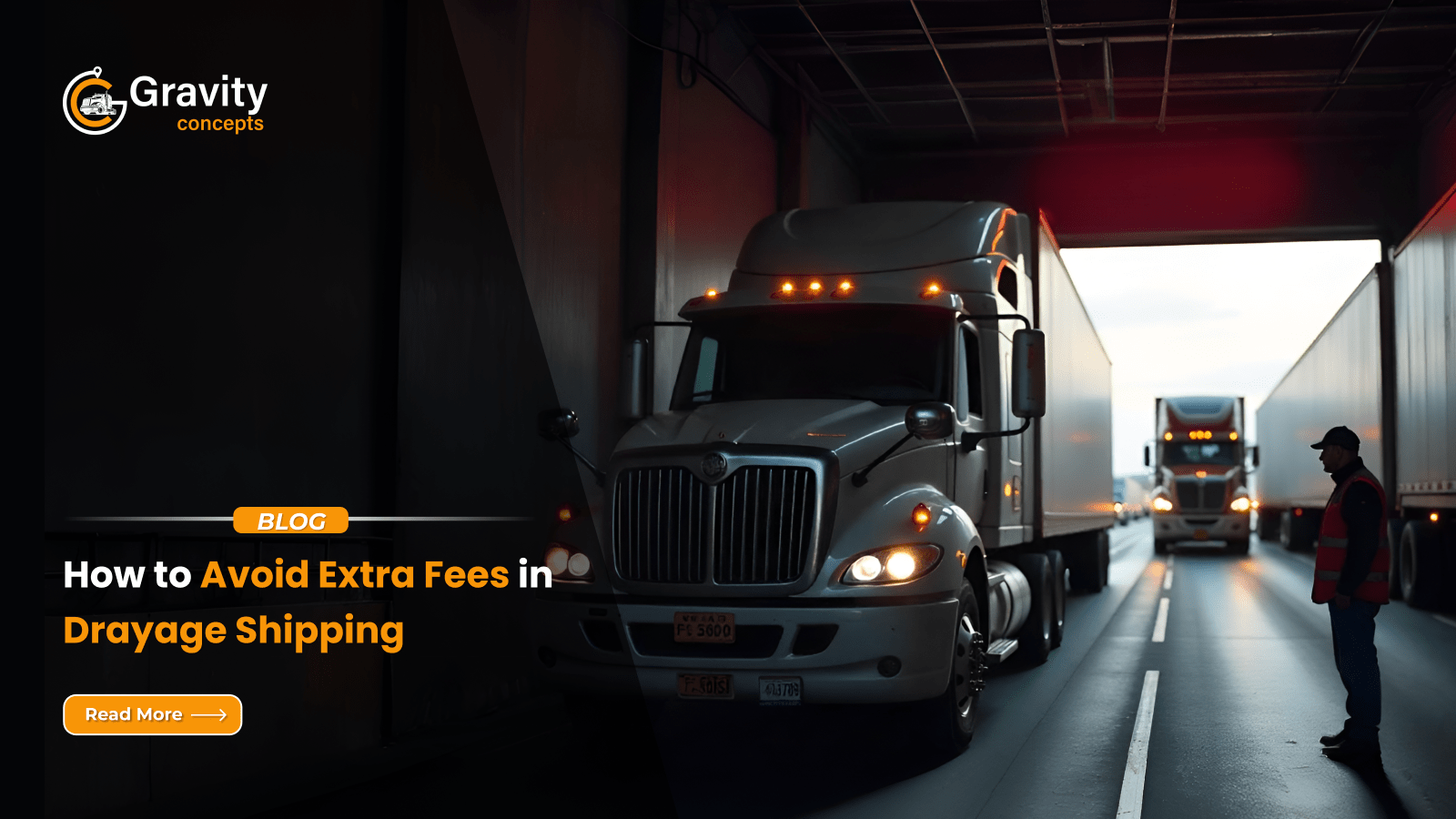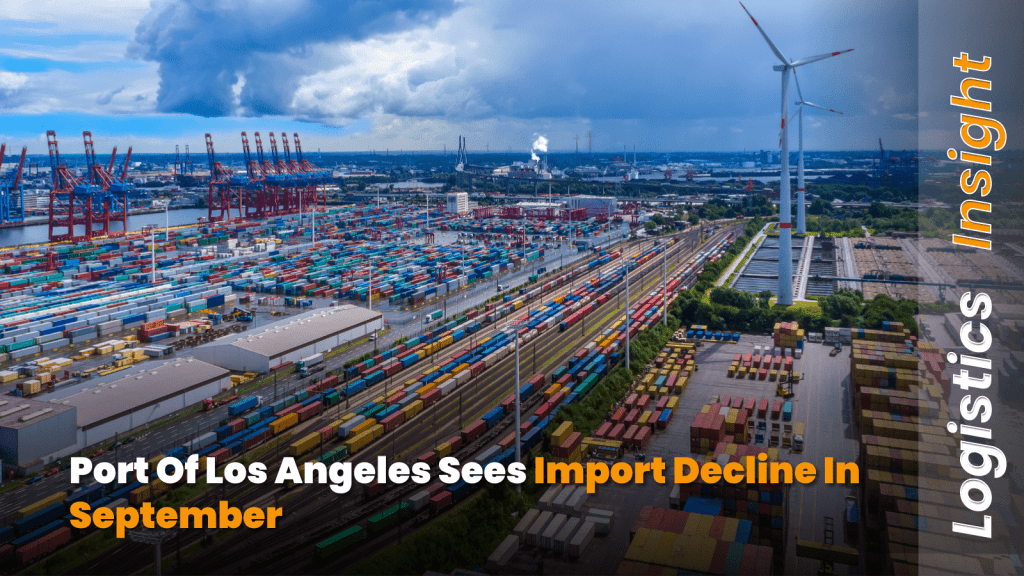
How to Avoid Extra Fees in Drayage Shipping
Drayage shipping plays a critical role in moving freight between ports, warehouses, and distribution centers. However, unexpected fees such as demurrage, detention, and chassis charges can significantly increase shipping costs. These extra expenses can disrupt budgets, cause supply chain delays, and affect overall business profitability.
The good news? With proper planning and strategic decisions, businesses can avoid these unnecessary fees and optimize their drayage costs. In this blog, we will explore the common extra fees in drayage shipping and effective strategies to minimize or eliminate them.
Common Extra Fees in Drayage Shipping
Understanding the different fees in drayage shipping is the first step in avoiding them. Here are some of the most common extra costs that businesses encounter:
1. Demurrage Fees
- What is it? A charge imposed when a container stays at the port beyond the allowed free time.
- Why does it happen? Delays in pickup due to congestion, paperwork issues, or lack of available drayage carriers.
- How much does it cost? Fees vary by port but can range from $75 to $300 per container per day.
2. Detention Fees
- What is it? A charge applied when a container is held beyond the allotted time after pickup.
- Why does it happen? Delays in unloading, lack of warehouse space, or inefficient scheduling.
- How much does it cost? Can range from $50 to $150 per container per day.
3. Chassis Fees
- What is it? The cost of renting a chassis (a trailer frame) to transport a shipping container.
- Why does it happen? Not having access to a chassis pool or failing to prearrange chassis availability.
- How much does it cost? Typically around $20 to $50 per day.
4. Port Congestion Surcharges
- What is it? An additional charge applied during peak times when ports are overcrowded.
- Why does it happen? Seasonal demand spikes, labor shortages, or unexpected supply chain disruptions.
- How much does it cost? Varies but can add hundreds of dollars to overall shipping costs.
5. Storage Fees
- What is it? Fees charged when a container remains at a warehouse or terminal beyond the free storage period.
- Why does it happen? Delays in pickup, scheduling, or customs clearance.
- How much does it cost? Usually $10 to $50 per day per container, depending on location.
6. Missed Appointment Penalties
- What is it? Fees charged when a scheduled pickup or delivery time is missed.
- Why does it happen? Poor coordination between shippers, carriers, and warehouses.
- How much does it cost? Can range from $50 to $200 per missed appointment.
Strategies to Avoid Extra Fees in Drayage Shipping
Now that we know the common extra fees, let’s discuss proven strategies to avoid them.
1. Plan Ahead & Schedule Pickups Early
- Ensure timely container pickup to avoid demurrage fees.
- Pre-book drayage trucking services in advance, especially during peak seasons.
- Maintain clear communication with ports and carriers to minimize delays.
2. Choose a Reliable Drayage Partner
- Work with a trusted drayage trucking company that offers flexible and on-time services.
- Ensure your provider has chassis availability to avoid last-minute rental fees.
- Partner with a provider that has experience in handling peak-season surges.
3. Use Real-Time Tracking & Communication
- Implement GPS tracking to monitor shipment movements and prevent delays.
- Maintain constant communication with port authorities and drayage brokers.
- Set up automated alerts for container availability to avoid unnecessary waiting time.
4. Optimize Route Planning & Avoid Congestion
- Work with logistics experts to select fastest and most efficient routes.
- Avoid peak congestion hours at busy ports to reduce waiting times.
- Use alternative pickup points when possible to avoid delays.
5. Bundle Drayage & Other Freight Services
- Consider integrated freight solutions that combine drayage with warehouse storage or FTL/LTL trucking.
- This reduces multiple handling charges and optimizes transportation costs.
6. Automate Documentation & Billing
- Use digital invoicing and paperless billing to prevent errors and hidden charges.
- Ensure all customs clearance and paperwork are completed in advance.
- Use automated appointment scheduling to prevent missed pickup penalties.
How Businesses Benefit from Cost-Effective Drayage
By implementing the right strategies, businesses can significantly reduce drayage costs and improve overall logistics efficiency. Here’s how:
1. Lower Operational Costs
- Avoid unnecessary fees, reducing overall transportation expenses.
2. Improved Supply Chain Efficiency
- Ensures smooth and timely delivery of goods.
3. Better Profit Margins
- Reduced logistics costs lead to higher profits for businesses.
4. Stronger Customer Satisfaction
- On-time deliveries help businesses maintain a reliable reputation.
Conclusion
Drayage shipping is essential for moving cargo efficiently, but unexpected fees can add significant costs. By planning ahead, choosing reliable drayage carriers, leveraging real-time tracking, and automating documentation, businesses can avoid extra fees and ensure smooth freight movement.



